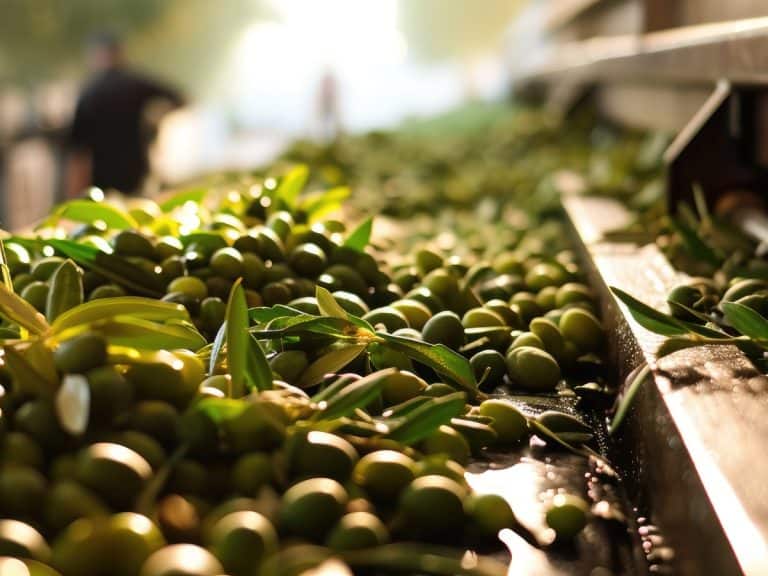When we talk about Tuscany, we refer to one of the first Italian regions to recognize the potential of a system that simultaneously enhances the local agricultural economy, intertwining it with tourism and landscape. Specifically, the olive-growing area of Tuscany excels in promoting its products through effective communication both domestically and internationally. This success is partly due to the experience gained in the wine sector and the rural landscape, which is perceived as a qualitative added value.
Artichoke, almond, sensations of freshly cut grass, balsamic and vegetal notes. These are just a few of the aromas characterizing the best Tuscan oils reviewed in the Gambero Rosso's Oli d'Italia 2024 guide. These are oils of great elegance and power, reflecting the increasing attention to both the work in the olive groves and the processing phase of the drupes, thanks to the increasingly careful use of oil mills and the latest technologies available.
Historical traces of Tuscan olive cultivation
Tuscany holds several records as an olive-growing territory: it was among the first to perfect the art of blending to create oils that meet consumer needs and the first to recognize the benefits and added value of producing single-varietal oils. The credit goes to its long-standing agricultural tradition, with the earliest historical traces of olive cultivation dating back to the 7th century BC in what was then known as Etruria. The first period of development occurred in the Middle Ages with the wealthy Florentine and Sienese families who left their estates to sharecropping, but the real breakthrough came in the 18th century with the Georgofili Academy, which introduced new agronomic techniques.
The best extra virgin olive oils of Tuscany: the 'Tre Foglie'
The Gambero Rosso guide highlights the top olive oils of Tuscany, awarding the prestigious Tre Foglie (Three Leaves) to those that stand out for their excellence and quality.


 Wine promotion, vineyard uprooting, and support for dealcoholised wines: the European Commission's historic compromise on viticulture
Wine promotion, vineyard uprooting, and support for dealcoholised wines: the European Commission's historic compromise on viticulture A small Sicilian farmer with 40 cows wins silver at the World Cheese Awards
A small Sicilian farmer with 40 cows wins silver at the World Cheese Awards Women are the best sommeliers. Here are the scientific studies
Women are the best sommeliers. Here are the scientific studies Where to eat at a farm stay in Sicily: the best addresses in the Provinces of Trapani, Palermo, and Agrigento
Where to eat at a farm stay in Sicily: the best addresses in the Provinces of Trapani, Palermo, and Agrigento Wine in cans, bottle-fermented, and alcohol free: the unstoppable change in Gen Z’s tastes
Wine in cans, bottle-fermented, and alcohol free: the unstoppable change in Gen Z’s tastes







